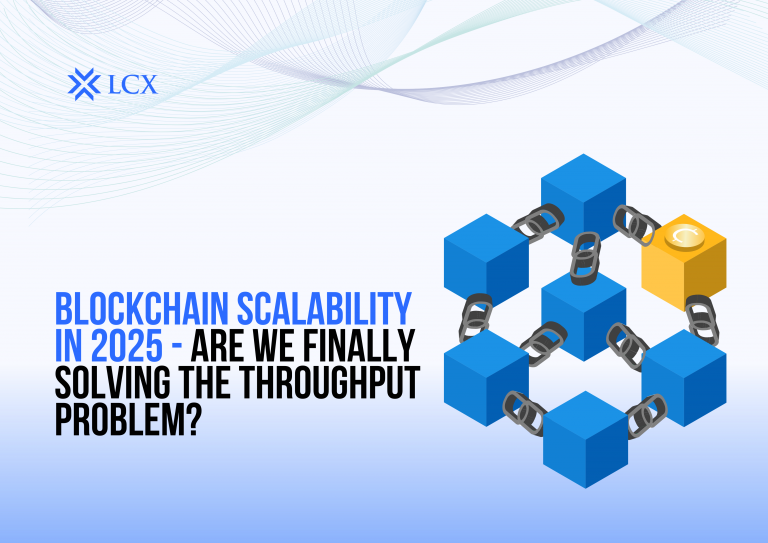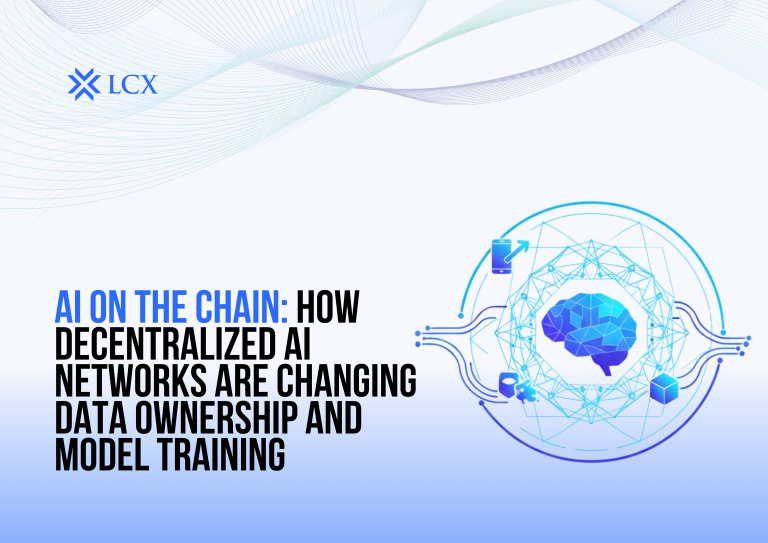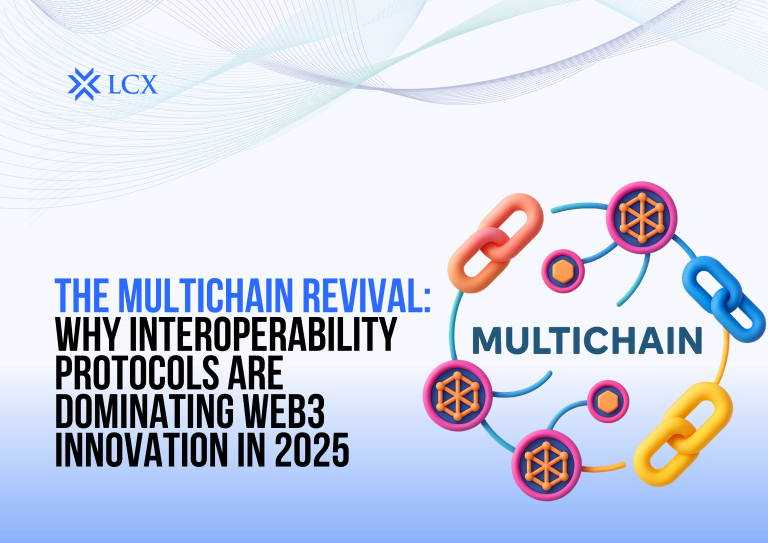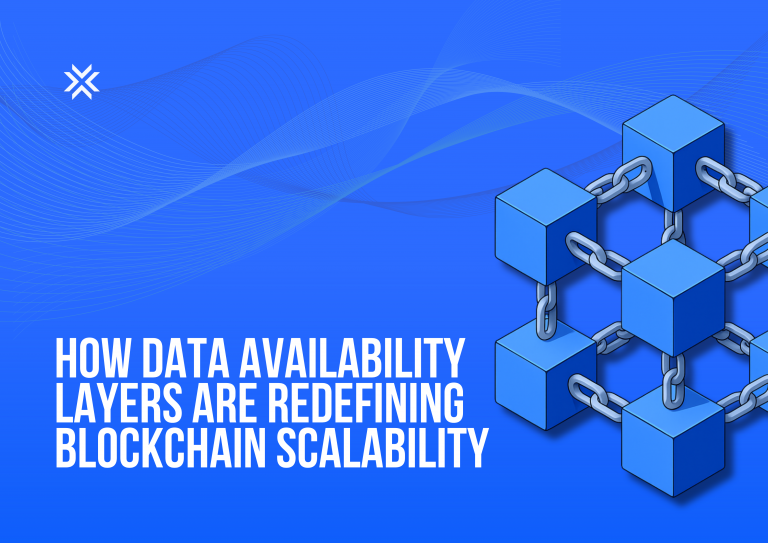For years, Web3 has been the buzzword echoing across every blockchain conference, Twitter thread, and investor pitch. It promised a decentralized, user-owned internet — but for a long time, the vision seemed trapped in speculation. Fast forward to 2025, and the narrative has matured. The focus has shifted from hype and token-fueled frenzy to tangible adoption, where DeFi, Real-World Assets (RWAs), and digital identity systems are proving Web3’s long-term utility.
From Speculation to Substance
The initial phase of Web3 was dominated by promises — decentralized apps that never scaled, NFT projects without value, and ecosystems chasing hype cycles. Yet, every new technology goes through such a learning curve.
Today, the speculative layer has thinned, replaced by use-case-driven innovation. Instead of chasing memes, projects are solving infrastructure, compliance, and scalability challenges — the foundations for real-world transformation.
1. DeFi: The Institutional Phase Begins
Decentralized Finance (DeFi) was once the playground of early crypto enthusiasts experimenting with yield farming and liquidity mining. In 2025, it has evolved into a regulated, institutionally integrated financial ecosystem.
Platforms are focusing on security audits, real-time risk analytics, and compliance with regulations like MiCA. The rise of DeFi aggregators and cross-chain liquidity protocols is making decentralized trading more efficient than ever.
Banks and fintech companies are no longer ignoring DeFi; they’re building partnerships, launching hybrid DeFi models, and tokenizing financial products to tap into blockchain’s efficiency.
2. RWAs: The Bridge Between Blockchain and Reality
Perhaps the most groundbreaking transformation in Web3 is the tokenization of Real-World Assets (RWAs) — physical assets like real estate, gold, art, and even diamonds.
By representing these assets as on-chain tokens, Web3 is unlocking liquidity for traditionally illiquid markets, while maintaining transparency and fractional ownership.
Projects like Tiamonds, Ondo Finance, and Centrifuge are leading this revolution, showing that tokenization isn’t just a trend — it’s a new economic infrastructure.
The ability to trade tokenized real-world value seamlessly has attracted institutional capital, marking one of the biggest validation moments for Web3.
3. Digital Identity: The Core of User Empowerment
In the Web2 world, identity was owned by corporations; in Web3, it belongs to the individual.
The emergence of Decentralized Identifiers (DIDs) and Verifiable Credentials (VCs) is redefining authentication and privacy.
Users can now control what data they share, verify ownership without revealing sensitive information, and build trustless systems without intermediaries.
This innovation is becoming vital for Web3 social apps, DeFi KYC frameworks, and even cross-chain identity verification — setting a new standard for digital sovereignty.
4. Regulation and the Rise of Trust
One of the key reasons Web3 adoption is accelerating is regulatory clarity.
Regions like the EU (with MiCA) and Switzerland (with DLT laws) have established clear frameworks for token issuance, custody, and DeFi operations.
This shift is enabling regulated exchanges like LCX to bridge the gap between traditional finance and decentralized innovation.
Trust — once the missing link in Web3 — is now being rebuilt through compliance-driven transparency and secure infrastructure.
5. The Interoperable Future
The fragmented nature of early blockchain ecosystems is gradually fading.
Protocols like LayerZero, Cosmos IBC, and Polkadot parachains are driving the next stage of Web3 — true interoperability.
This means users and developers are no longer locked into single ecosystems; they can move assets, data, and identity seamlessly across chains, mirroring how the internet connected isolated networks into one global web.
Conclusion: From Vision to Value
Web3 in 2025 is no longer about whitepapers and roadmaps — it’s about results.
DeFi is transforming how finance operates.
Tokenized RWAs are bridging digital and physical economies.
Decentralized identity is redefining user control.
And with regulation catching up, the decentralized internet is finally moving from a dream to a durable reality.
The hype is over — the building phase has begun.









